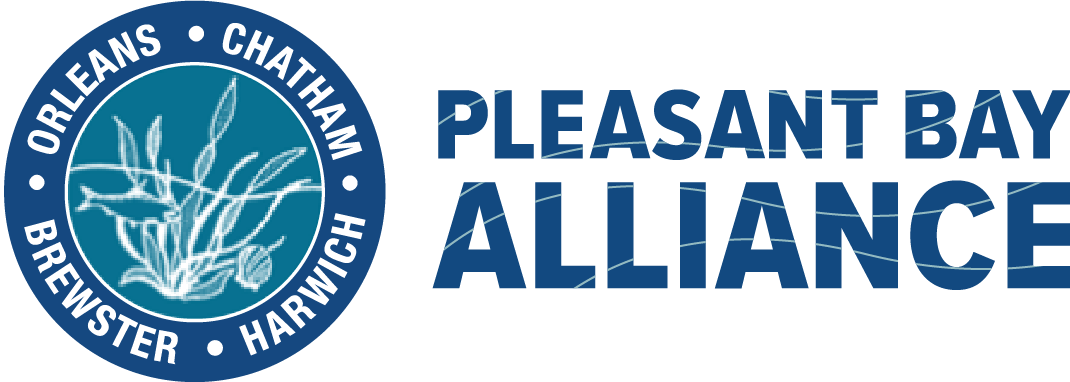← Back to Programs & Projects
Living Shoreline Pilot Project
Living shorelines are a form of shoreline protection that emphasizes restoration or creation of natural systems such as reefs, grasses and marshes, sometimes paired with a bioengineered structure such as coir or coconut fiber roles. In some cases, a hard element is incorporated to protect or enhance the naturalized living components of the project. The potential benefits include cost savings to the property owner, improved habitat, enhanced storm resiliency, and increased filtering of pollutants. Living shorelines have been tried in other parts of the country but are not in use in Pleasant Bay.
Through Coastal Resilience Grants from Massachusetts Coastal Zone Management, the Alliance explored the potential for living shoreline techniques to advance resilience in Pleasant Bay, selected Jackknife Harbor Beach in Chatham as the location for a living shoreline pilot project, developed a living shoreline design and pursued permitting needed for installation.
The salt marsh that boarders the tidal channel into Muddy Creek, along backside of Jackknife Beach, has been evolving for changes to the system. The constantly evolving conditions and active recreational use have stressed the perimeter of the salt marsh leading to ongoing loss of marsh vegetation. The loss of salt marsh can be attributed to a number of factors; erosion and cleaving of the marsh bank along the tidal channel, trampling of salt marsh vegetation by recreational users seeking to utilize the beach, recreational kayakers/boaters accessing the water and storing boats on the marsh, shell fishermen accessing the shore, as well as, movement of vehicles along the backside of the fringe marsh along the public travel corridor. The accessway and parking along Jackknife Beach is spatially limited due to the steep coastal bank and salt marsh which boarder the accessway. With the limited space of the travel corridor, occasional damage occurs along the landward extent of the marsh occur when vehicles stray or park too far seaward and damage the edge of the marsh. The vehicle traffic can also create depressions causing ponding from higher tides, storm surge, or rain, resulting in recreational users seeking different pathways through the marsh or widening existing pathways.
The proposed living shoreline will address the loss of marsh bank by stabilizing and restoring the marsh bank along the channel through nature-based stabilization methods. These methods incorporate salt marsh substrate, sills to redirect tidal currents off the bank, and shellfish (ribbed mussels) to strengthen and stabilize the existing and new marsh bank. High marsh along the travel way will be restored utilizing a cobble-reinforced technique to reestablish the marsh and adapt to climate change and sea level rise. Finally public access corridors will be more clearly delineated to prevent the recreational users for straying out of the pathway and unknowingly damaging the salt marsh.
The proposed project provides benefits to wildlife habitat, water quality improvements, shellfish habitat and protection to a popular public recreational area.
